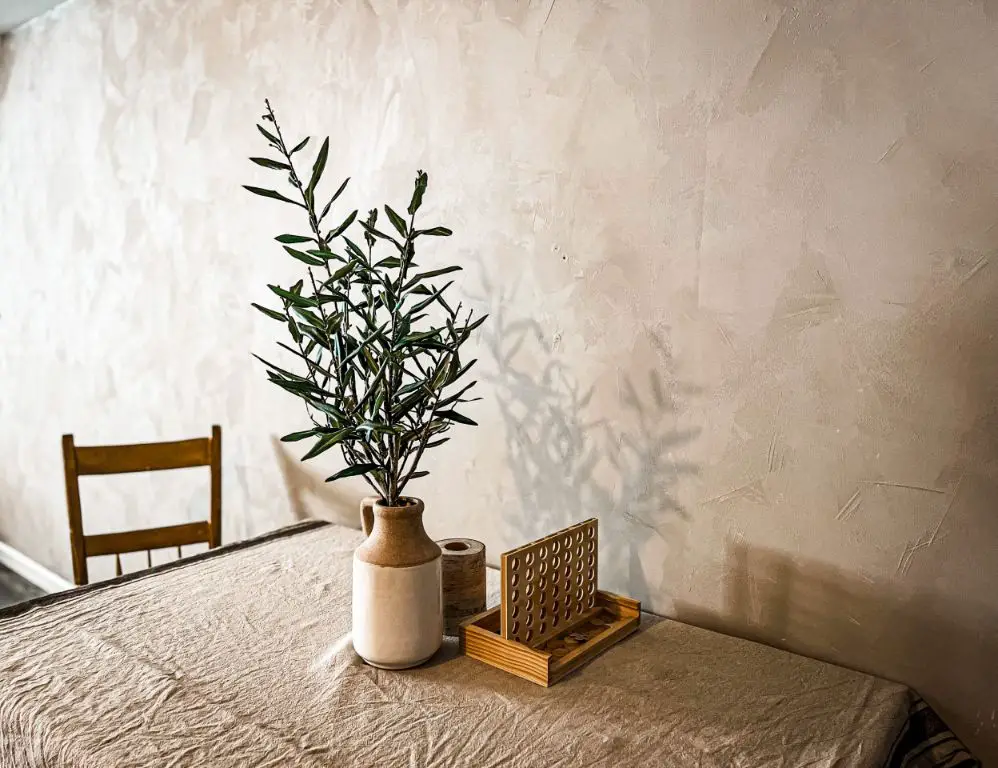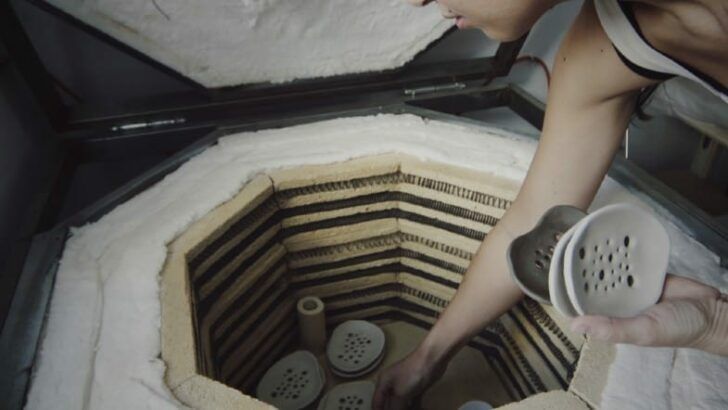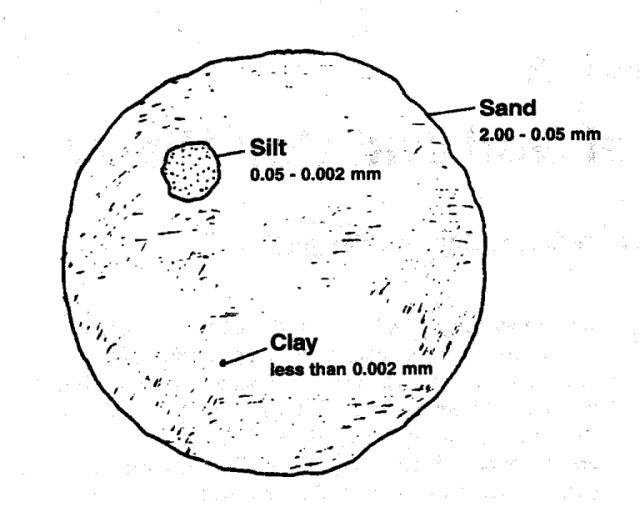What Is Roman Clay Paint?
Roman clay paint is a type of natural paint made from clay, chalk, and mineral pigments that was used throughout the Roman Empire starting around the 1st century BCE.
Unlike modern paints that are made of synthetic ingredients, Roman clay paint relies on natural substances like clay, lime, crushed marble, and earth pigments. This allows the paint to remain breathable and minimizes off-gassing and odor.
Roman clay paint was widely used to decorate villas, temples, tombs and other structures across the Roman world. Its earthy colors and matte texture help create authentic ancient Roman styles. Today, Roman clay paint is regaining popularity as a non-toxic, environmentally-friendly decorative finish.
Origins
Roman clay paint originated in ancient Rome over 2,000 years ago. The earliest known examples of Roman clay paint are from Roman structures built around 200 BC.
Romans used clay-based paints to decorate the interiors of buildings, apply colorful finishes to sculptures and pottery, and paint murals. The volcanic ash and limestone used in Roman concrete provided an abundant source of materials for creating clay paint.
Frescoes painted with Roman clay paint still survive today in many ancient Roman sites like Pompeii and Herculaneum. The vibrant colors and durability of Roman clay paint made it ideal for decorating Roman architecture and art.
Ingredients
Roman clay paint consisted of just a few main ingredients. The primary component was clay, usually red or yellow ochre clay that was abundant in locations near Rome. The clay provided the color, texture, and bulk of the paint. Along with clay, the other key ingredients were calcium carbonate or chalk, milk, and eggs.

The chalk helped give the paint its smooth texture and workability. Goat’s milk provided adhesion and durability, while eggs contributed to the paint’s binding properties. Other additives were sometimes included such as animal blood or plant gums to modify the working properties or increase weather resistance.
Unlike modern paints, roman clay paint did not contain chemical solvents or preservatives. The simple natural ingredient list allowed the paint to remain breathable and minimally impact indoor air quality when applied inside Roman structures.
Manufacturing Process
Roman clay paint was made by mixing clay, chalk or lime, and water. The ingredients would be ground together using a mortar and pestle to create a paste. Pigments made from natural materials like ochre, ash, or charcoal were then added to create different colors.
This manufacturing process was very different from modern paints. Instead of using synthetic binders like acrylic or oils, Roman clay paint relied solely on the natural binding properties of clay and chalk. The paint was also made in small batches by hand, rather than being mass produced. Since the ingredients were all natural minerals or organic materials, Roman clay paint was essentially zero-VOC and non-toxic.
To apply the paint, it would be thinned down with more water and brushed onto surfaces like wood, plaster, or stone walls. Multiple thin layers were built up to create a saturated color. The natural clay provided durability and helped the paint strongly adhere to surfaces.
Reference:
https://portolapaints.com/pages/roman-clay-series
Properties
Roman clay paint has a distinctive matte, textured finish and velvety appearance. The lime-based plaster has a chalky, powdery texture when dry that creates an Old World look.[1] Unlike traditional paints, Roman clay paint is not fully opaque and allows some of the underlying surface to show through for an aged, weathered aesthetic. It can create different visual effects depending on the tools and techniques used for application.
Roman clay paint is highly durable and resistant to cracking and peeling. The natural breathability of the lime plaster allows moisture to pass through, preventing blistering or bubbling of the finish. It is flexible enough to move with any settling or shifts in the underlying surface over time. Roman clay paints tend to be tougher and more resistant to scratching compared to other limewashes and plasters.[2]
Compared to traditional paints like latex or oil-based, Roman clay has high adhesion and bonds tightly to surfaces. It does not rely solely on the paint layer for durability but merges with the substrate. Roman clay is more eco-friendly than many standard paint options since it contains natural ingredients free of VOC’s or toxic chemicals.
Notable Uses
The ancient Romans used Roman clay paint extensively throughout their artworks and architecture. Roman clay, also called lime plaster, was especially popular for frescoes and sculpture in antiquity. Two particularly well-preserved examples include:
The frescoes at Pompeii – When Mt. Vesuvius erupted in 79 AD, it preserved many Roman frescoes under layers of ash. The frescoes at Pompeii provide a vivid picture of ancient Roman life and art.
Augustus of Prima Porta – This famous 1st century AD statue of Augustus was sculpted in Roman clay. It is renowned for its realistic, lifelike quality made possible by the versatile clay medium.
Decline
Roman clay paint fell out of use in the late 19th century as new, mass-produced paints became widely available. The Industrial Revolution brought about innovations in paint manufacturing that made paint cheaper and faster to produce. Oil-based paints and whitewash became more popular, replacing labor-intensive techniques like Roman clay.
According to Patagonia Roman Clay, oil-based paints gained favor because they were considered more durable and provided better coverage than traditional clay paints. Whitewash also became a common replacement since it was easy and inexpensive to make using just lime and water.
By the early 20th century, Roman clay had largely disappeared as homes and buildings transitioned to using modern commercial paints. The complex process of hand-mixing and applying clay paint was no longer practical compared to buying pre-made paints. Roman clay fell out of use for decades until a revival of interest in traditional techniques.
Modern Revival
Roman clay paint has seen a resurgence in popularity in recent years for several reasons:
Firstly, there has been renewed interest in classical architectural styles and design aesthetics, which has created demand for authentic historical building materials like Roman clay paint. Specifiers and homeowners are looking for finishes that are not only beautiful but also natural and sustainable.
Secondly, improvements in manufacturing techniques have made Roman clay paint more accessible and easier to produce than in ancient times. Modern Roman clay paint is manufactured by crushing clay, mixing it with lime, sand, pigments and water, and allowing it to hydrate fully. The ingredients can be calibrated to achieve specific textures and colors. Some companies like Portola Paints have developed their own proprietary techniques to optimize the curing process and performance of the clay paints.
Lastly, Roman clay paint aligns well with current trends favoring natural paints and plasters over synthetic wall coverings. Its breathable qualities and aesthetically pleasing finish make it appealing for wellness-focused design.
The revival of Roman clay paint shows how historic materials and techniques can be successfully reinterpreted for contemporary uses. Master artisans of the past would certainly be impressed by the staying power and renewed popularity of these ancient mineral-based paints. For more information see: https://portolapaints.com/pages/roman-clay-series
Significance
Roman clay paint has great cultural and historical importance. It was widely used in ancient Roman architecture and art, lending beauty and durability to many iconic buildings and monuments across the Roman Empire. Its earthy tones and layered texture came to represent the grandeur of Roman design.
Roman clay paint is one of the most long-lasting types of wall painting from ancient times, with examples found at archeological sites like Pompeii still retaining their color and form. This demonstrates the remarkable longevity and resilience of Roman clay paint.
The Roman use of clay paint influenced many later civilizations. Variations were adopted across medieval Europe, and similar limewash and clay paints remain popular today. Modern “Roman clay” paint strives to recreate the authentic look and feel of ancient Roman wall painting.
Roman clay paint represents an innovative Roman technology that transformed interior design. Its cultural legacy continues to inspire decorative plasterwork and earthen wall finishes today. Archaeologists value surviving Roman clay wall paintings for the insights they provide into Roman aesthetics, architecture, and daily life.
Conclusion
Roman clay paint, known as clay fresco, was widely used in ancient Roman art and architecture. It was made from simple but carefully chosen ingredients like clay, lime, and pigments. The Romans perfected a complex manufacturing process to create flat, matte paints in a rich array of colors. Clay paint had many desirable properties like durability, vibrancy, breathability, and affordability. It was used to decorate everything from houses to temples to historical monuments like the Colosseum.
While clay paint fell out of favor after the fall of Rome, it remains an iconic symbol of Roman artistry and ingenuity. Modern artists and conservators still study Roman fresco techniques. The longevity and quality of many Roman wall paintings are a testament to the uniqueness and utility of this ancient paint. As we continue uncovering artifacts from the Roman world, their clay paint creations provide a vibrant window into the past.




